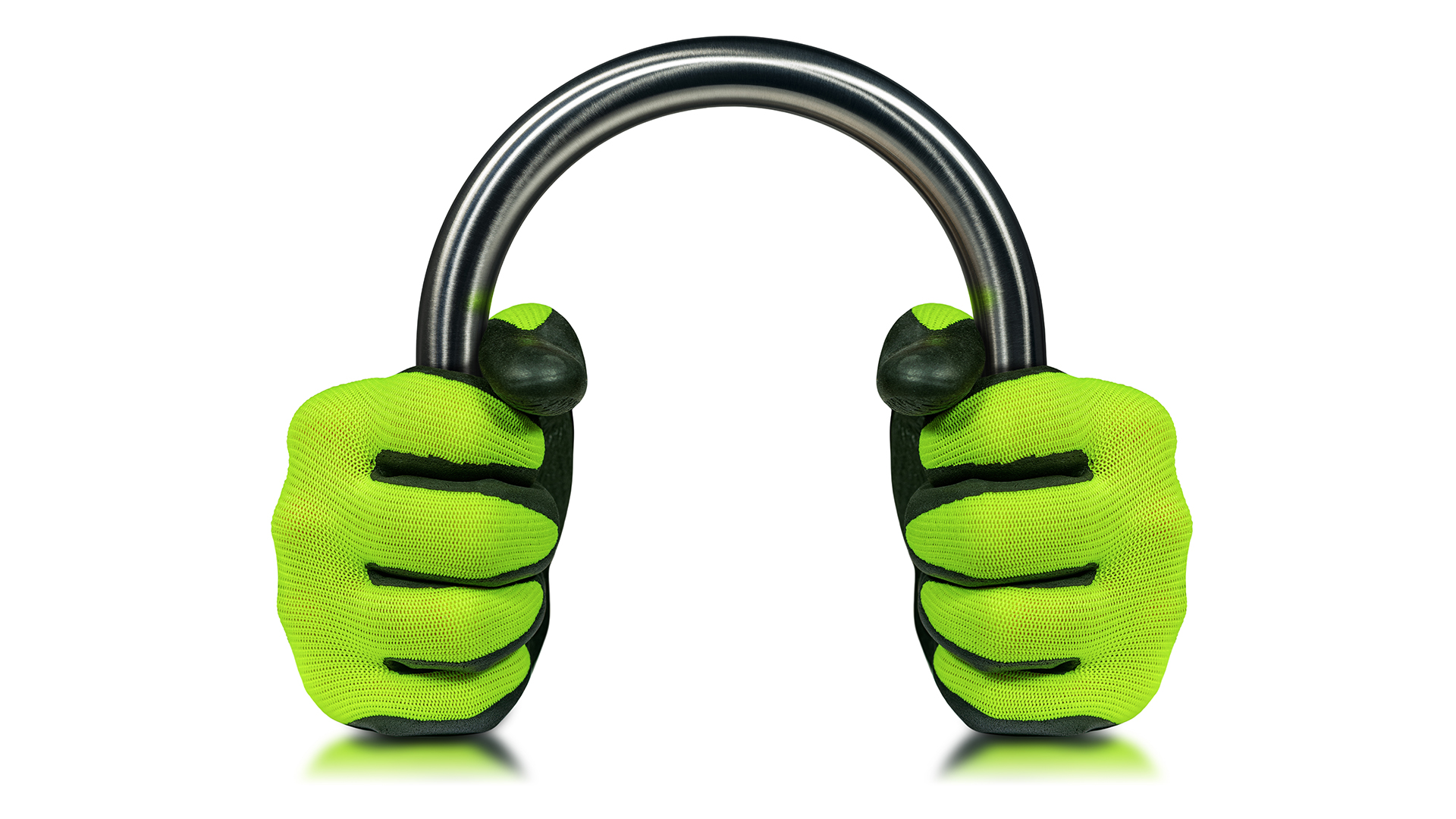Maybe it will be a goer down the track, but green steel is about to start a long journey to eventually replace the carbon (coal)-based production methods that account for most of the near 1.9 billion tonnes a year of steel produced globally.
But despite the long lead times facing the idea of green steel, it makes sense for the world’s first and third biggest iron ore miners an exporters – Rio Tinto and BHP – to join together to trial the idea, with the help of Australian steel giant, BlueScope.
Rio and BHP are joining together to start the long process in developing Australia’s first electric-smelting furnace and take a big step toward slashing emissions in the steel-making process. BHP, Rio, and BlueScope will share data and research on the technology. It will not be dependent on scrap as electric arc furnaces are now. A pre-feasibility study is being launched to assess a location for a pilot facility, which could be commissioned as early as 2027, the companies said in a joint statement. The collaboration was announced Friday at a press conference held at BlueScope’s Port Kembla steel mill south of Sydney. There was no mention of the size of the investment to be made in the plan. BlueScope has the biggest blast furnace-based steel making plant there (it also has a massive electric arc-based steel making and processing operation in the US state of Ohio).
The idea aims to solve two major issues for BHP and Rio — commercializing their lower-grade iron ore from Western Australia’s Pilbara region, which has contaminants such as silica, and capitalizing on growing demand for “green” metals as countries look to meet emissions reduction targets. “The carbon intensity of iron and steelmaking requires profound change to meet the needs of our planet and our climate objectives,” Rio's Ore Chief Executive Officer Simon Trott said in the statement. “We must find better ways to enable these materials to be made more sustainably through leveraging technology.” The venture aims to replace the emissions-intensive coking coal usually crucial in the steelmaking process, using renewable power during the Direct Reduced Iron process. If the deployment is successful, it could pave a way for use in steel mills globally, including those in China. This would remove the highly polluting and nasty coking making and the sintering processes where lower grade iron ore and coking coal are heated to produce a feed for blast furnaces.
Sintering involves the heating of iron ore fines with flux and coke fines or coal to produce a semi-molten mass that solidifies into porous pieces of sinter with the size and strength characteristics necessary for feeding into the blast furnace. Metallurgical coke is produced by the destructive distillation of “coking or metallurgical coal" in coke ovens. Prepared coal is "coked", or heated in an oxygen-free atmosphere (a kiln or oven) until all volatile components in the coal evaporate. The material remaining is called coke. Both processes produce a lot of pollutants and emissions.
Blast furnace-based steelmaking accounts for around 70% of global steel production, with the remainder coming from electric arc furnaces which smelt scrap and low-grade leftover steel, or in some cases, pellets (such as Vale, the Brazilian iron ore giant produces). BlueScope and Shell had a green hydrogen joint venture but that ended when Shell pulled out (it was, like all big oil companies, pulling back on renewable commitments made in 2019-2022).
BlueScope is planning to refurbish its Number 6 blast furnace at Port Kembla over the next five years at a cost of $1 billion. It will replace the Number 5 furnace which is due to end its campaign between 2026 and 2030. It will be the last blast furnace built in Australia. The trio will look at several locations in Australia for the proposed pilot facility. The plant is unlikely to be operational before 2030, BlueScope’s CEO for Australian steel products, Tania Archibald, said at the press conference. It won’t need to be located near coal deposits, but it will need a reliable energy supply, and the iron ore fines can be delivered by ship from WA, as they are to BlueScope today. According to the companies, the new process could cut CO2 emission intensity by 80% compared with the conventional blast furnace steel route. “Combining our expertise, we hope to help fast-track near-zero emission-intensity pathways for steelmakers using Pilbara ores,” BHP’s Western Australia iron ore chief Tim Day said in Friday’s statement. “Technology pathways compatible with renewable energy and scalable to the order of hundreds of millions of tonnes of steel production would be a major step forward.” The world’s first fossil-free steel is being created by a joint venture in Sweden that uses green hydrogen instead of coal. Deliveries of the clean metal started last August with customers including Volvo Mercedes-Benz, and Finland’s Cargotec Oyj. There was no mention in the statement of an agreement Rio reached midway through 2023 with Chinese steel giant, China Baowu, the world’s biggest steelmaker. They each signed a Memorandum of Understanding (MoU) to explore a range of industry-leading new projects in China and Australia to help decarbonize the steel value chain. Under the MoU, China Baowu and Rio Tinto plan to jointly advance specific decarbonization projects."














